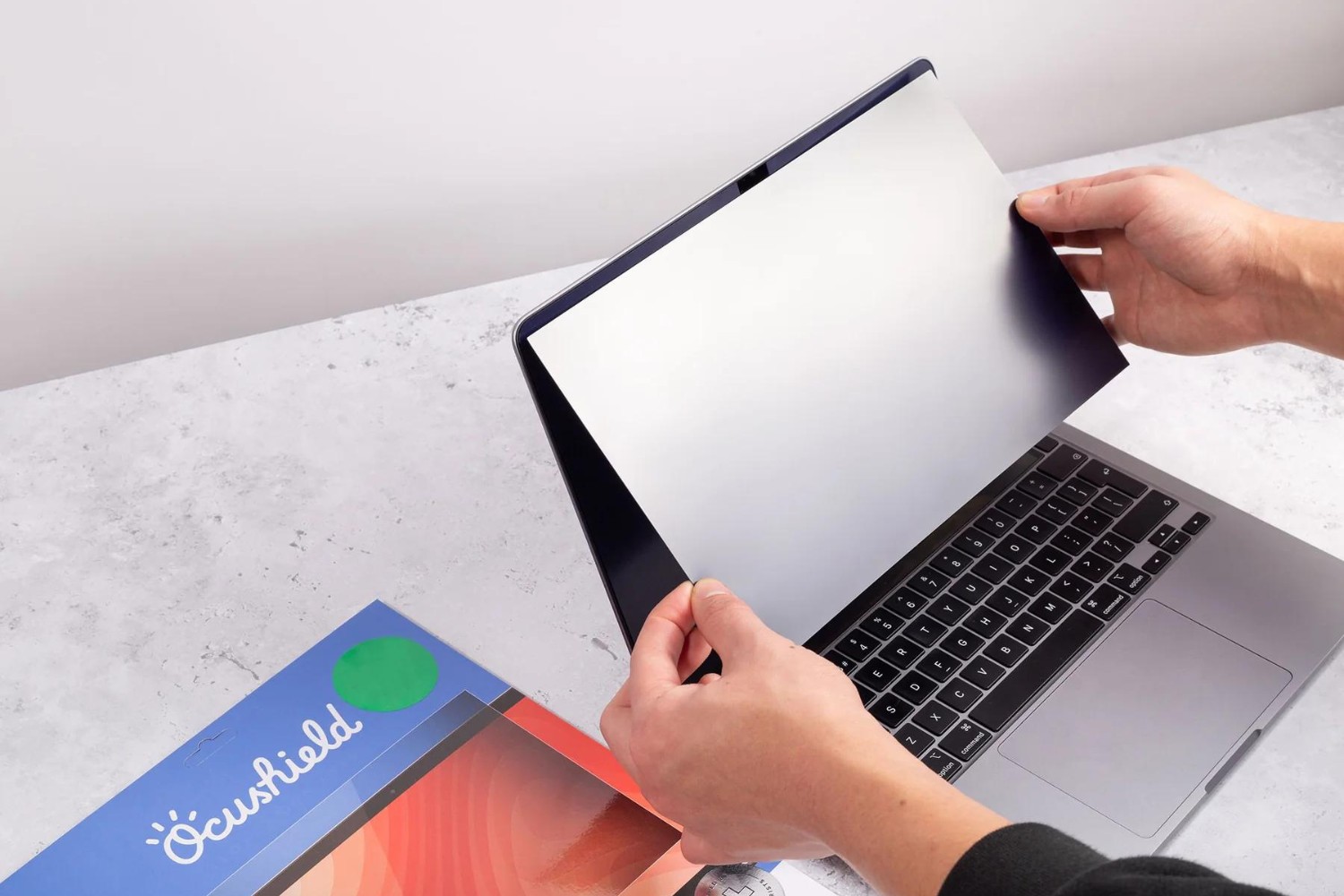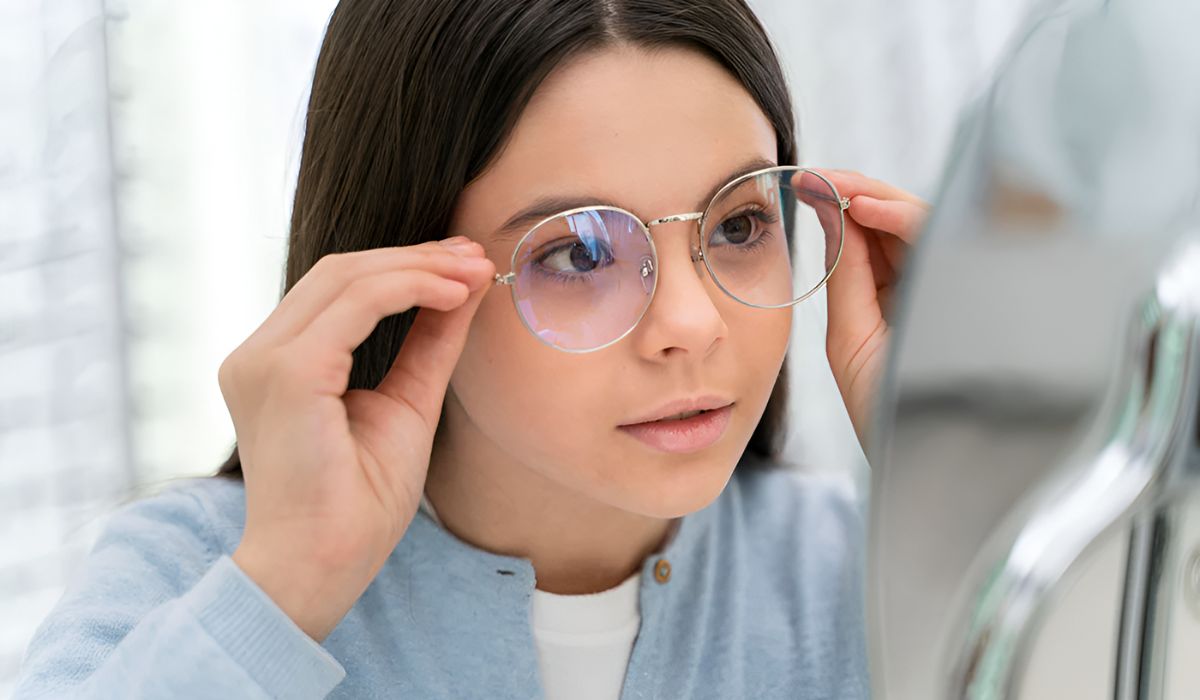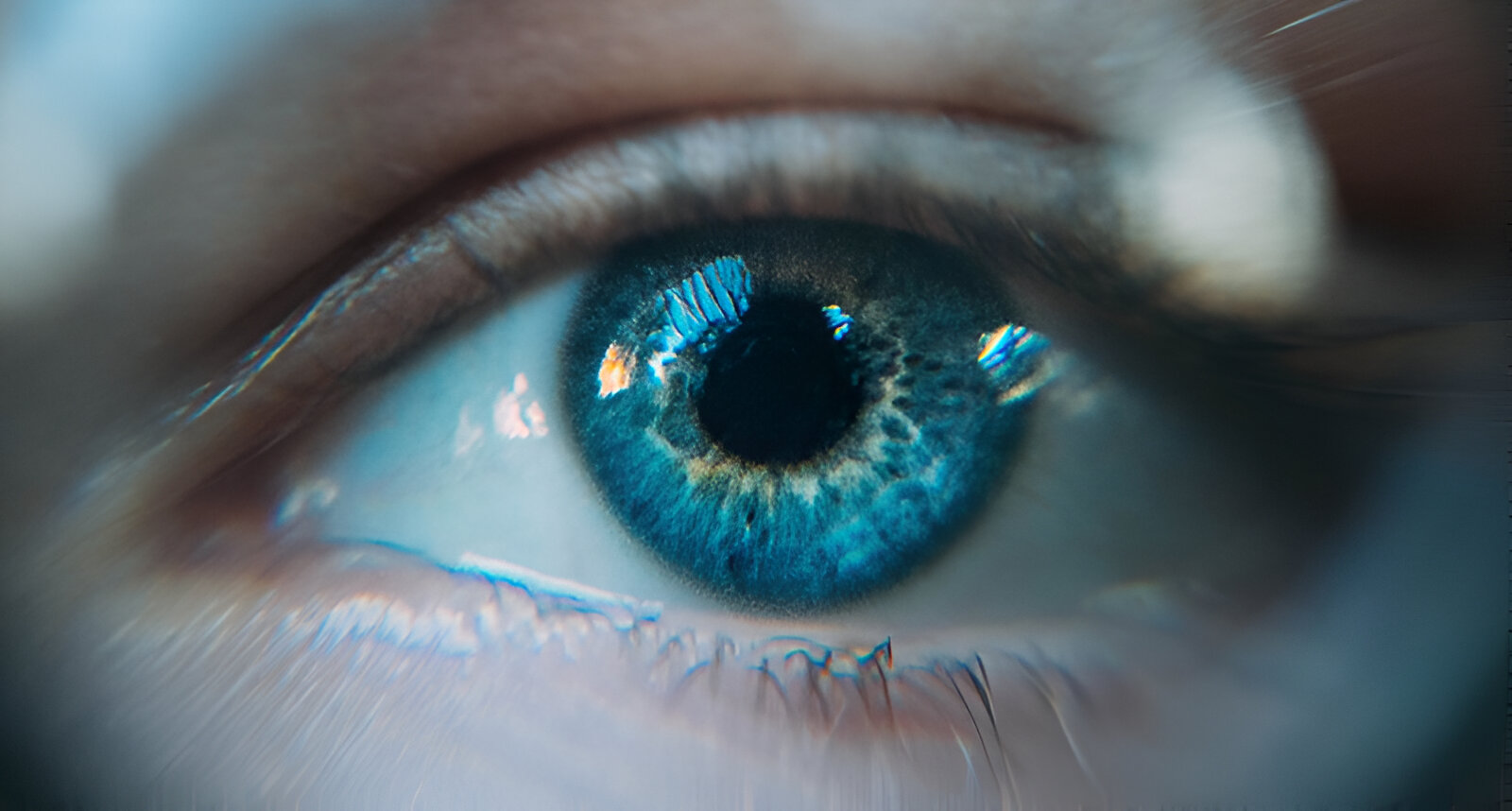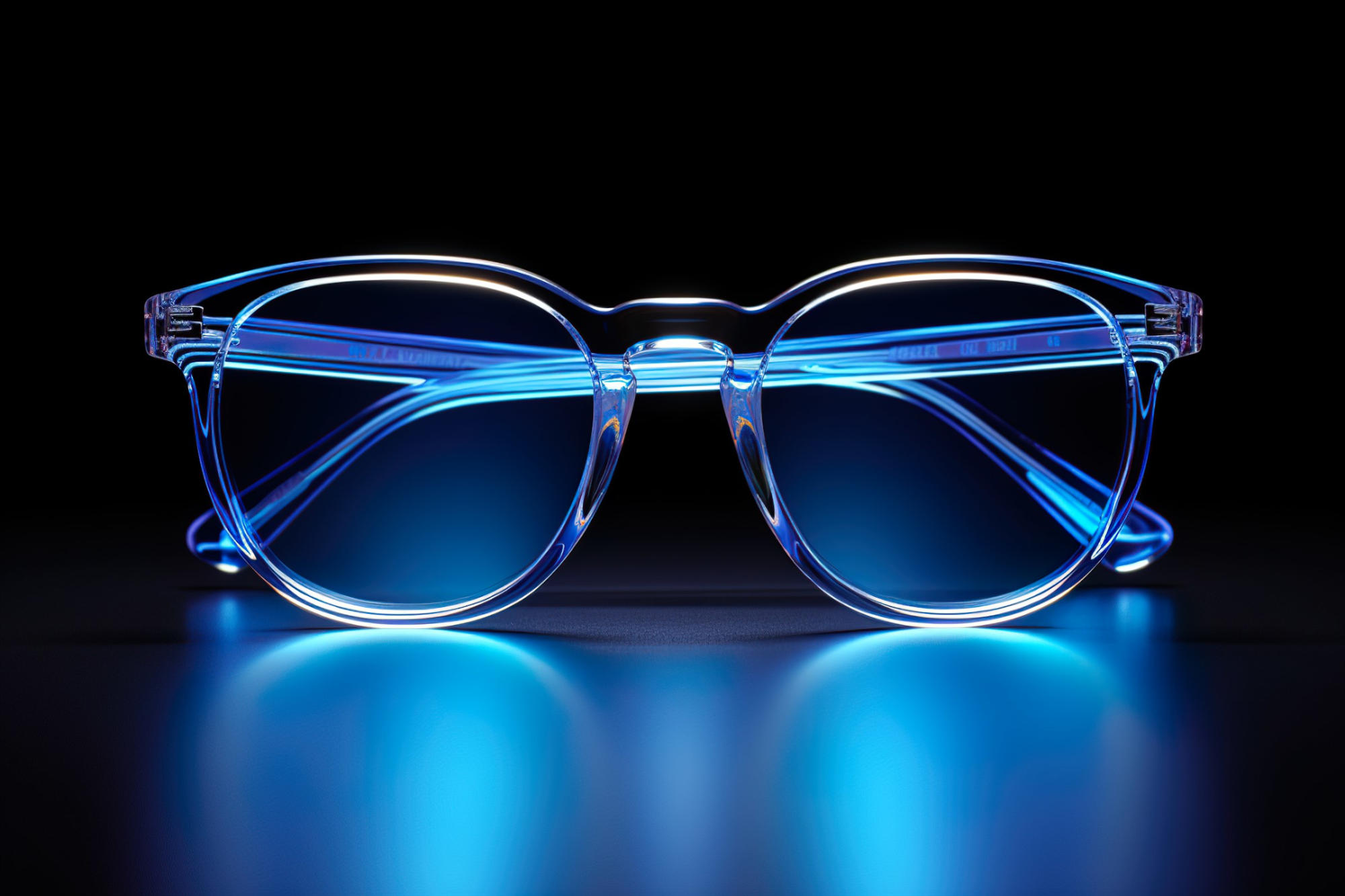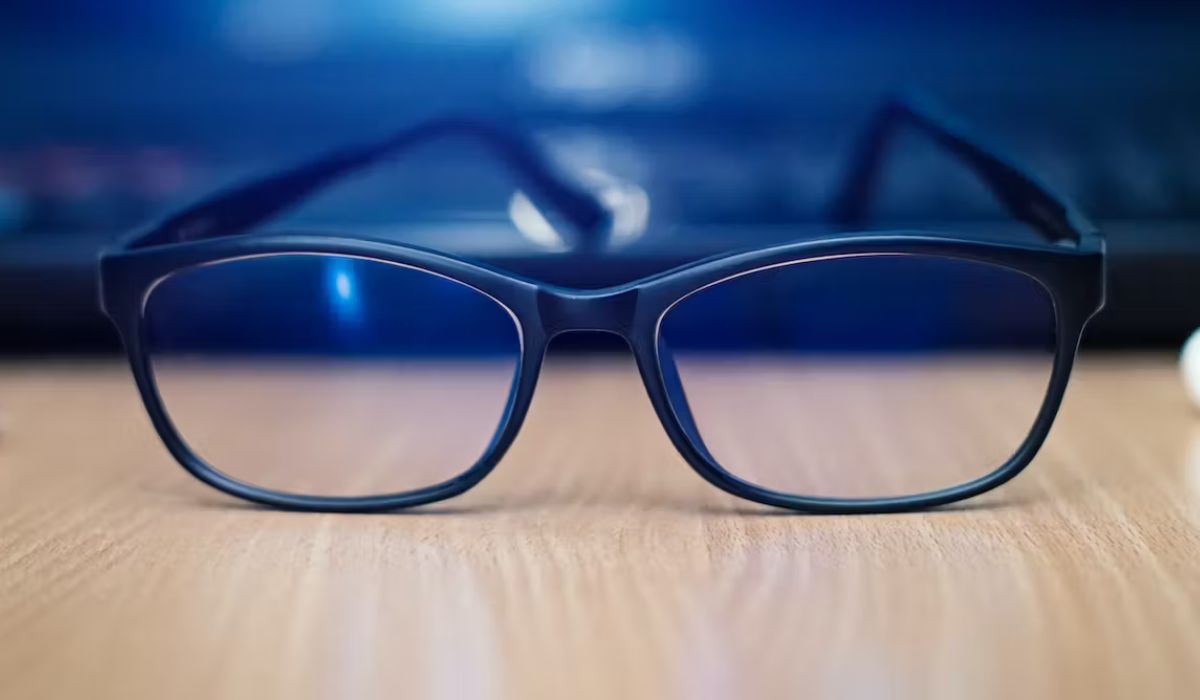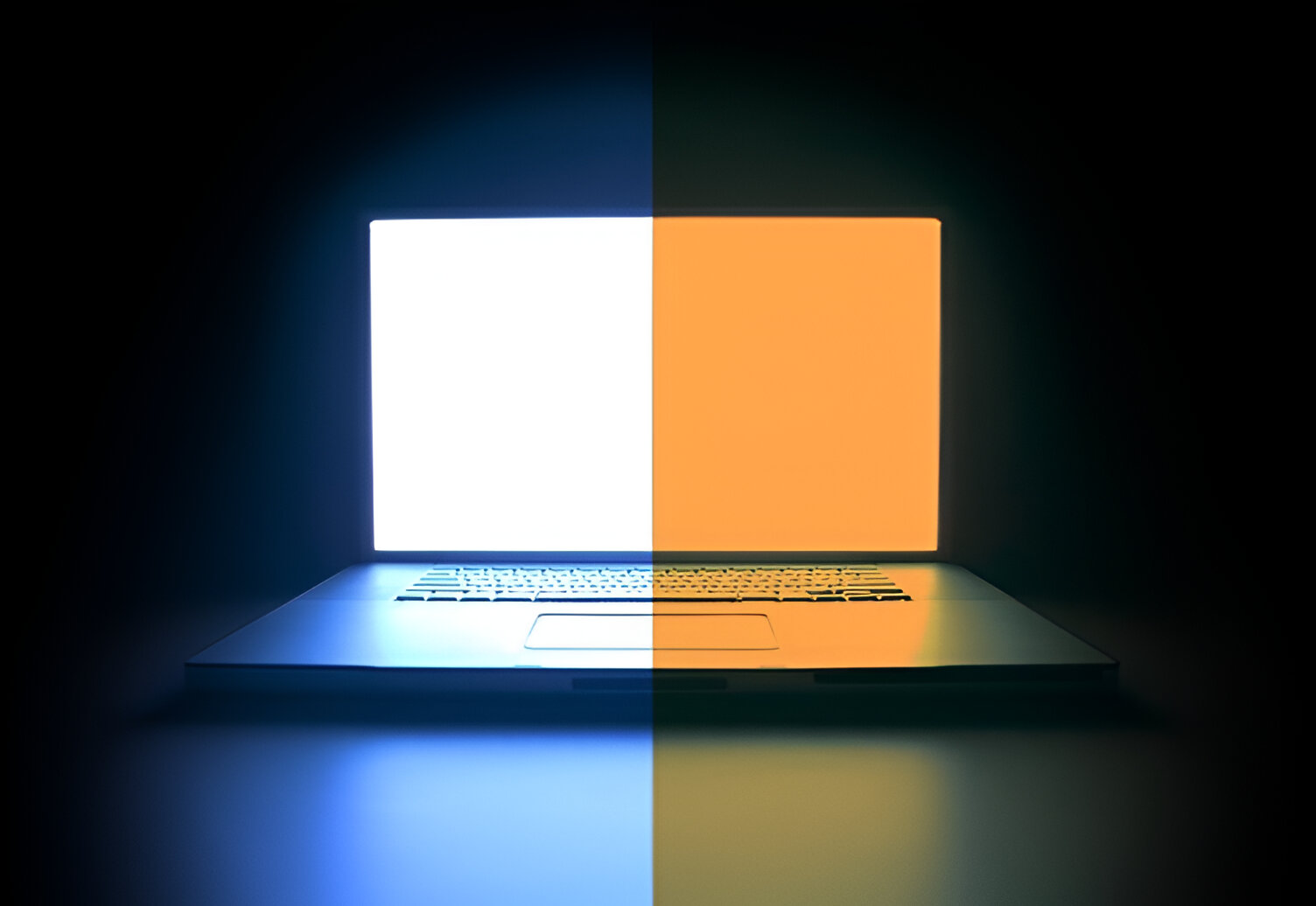Introduction
In today's digital age, our lives are intertwined with technology, and we often find ourselves spending a significant amount of time in front of screens. Whether it's working on a computer, scrolling through social media on a smartphone, or binge-watching our favorite shows on a tablet, our exposure to digital screens has become ubiquitous. While this technological advancement has undoubtedly brought convenience and efficiency to our lives, it has also given rise to a lesser-known yet increasingly prevalent concern – the impact of blue light on our health.
Blue light, a high-energy, short-wavelength light emitted by digital screens, has garnered attention due to its potential to cause discomfort and strain on our eyes and brain. As a result, many individuals have experienced what is commonly referred to as a "blue light headache." This phenomenon has become a significant point of concern for health professionals and individuals alike.
Understanding the implications of blue light on our well-being is crucial in today's context, as it directly affects a large portion of the population. By delving into the causes, symptoms, prevention, and treatment of blue light headaches, we can equip ourselves with the knowledge to make informed decisions and mitigate the potential adverse effects of prolonged screen time. Let's explore the intricacies of blue light headaches and how we can navigate the digital landscape while safeguarding our health and well-being.
What is a Blue Light Headache?
A blue light headache, also known as digital eye strain or computer vision syndrome, is a type of discomfort that arises from prolonged exposure to the blue light emitted by digital screens such as smartphones, computers, tablets, and televisions. Blue light, a component of the visible light spectrum with a short wavelength and high energy, has the potential to cause strain on the eyes and disrupt the body's natural sleep-wake cycle. When individuals spend extended periods in front of screens, especially in environments with poor lighting or improper screen settings, they may experience symptoms associated with a blue light headache.
The human eye is not adept at blocking blue light, and prolonged exposure can lead to a range of symptoms, including eye strain, dry eyes, headaches, blurred vision, and difficulty focusing. Furthermore, blue light exposure, particularly in the evening, can interfere with the body's production of melatonin, a hormone essential for regulating sleep. As a result, individuals may experience disrupted sleep patterns and find it challenging to attain restful sleep after prolonged screen time, leading to a cascade of adverse effects on overall well-being.
It is important to note that while the term "blue light headache" suggests a specific type of discomfort, the impact of blue light extends beyond headaches and encompasses a broader spectrum of symptoms that collectively contribute to digital eye strain. As such, understanding the multifaceted nature of blue light's effects on the body is essential in addressing the underlying causes and implementing effective preventive measures and treatment strategies.
By recognizing the distinct nature of blue light headaches and their association with digital screen exposure, individuals can take proactive steps to minimize their risk and alleviate the discomfort associated with prolonged screen time. Through a comprehensive understanding of the intricacies of blue light headaches, we can develop informed strategies to promote healthier screen habits and mitigate the potential adverse effects on our well-being.
Causes of Blue Light Headache
Prolonged exposure to blue light emitted by digital screens is a primary factor contributing to the onset of blue light headaches. The pervasive use of electronic devices in both personal and professional settings has led to an increase in the duration of screen time for many individuals, amplifying the impact of blue light on ocular and neurological health. Understanding the specific causes underlying blue light headaches is crucial in devising effective preventive measures and minimizing the associated discomfort.
1. Blue Light Emission:
Digital screens, including those of smartphones, computers, tablets, and televisions, emit significant amounts of blue light. Prolonged exposure to this high-energy, short-wavelength light can lead to visual discomfort and strain on the eyes, contributing to the development of blue light headaches.
2. Disrupted Circadian Rhythm:
The exposure to blue light, particularly in the evening and nighttime, can disrupt the body's natural circadian rhythm. Blue light inhibits the production of melatonin, a hormone that regulates sleep-wake cycles. Consequently, prolonged screen time, especially before bedtime, can lead to difficulties in falling asleep and obtaining restful sleep, exacerbating the risk of experiencing blue light headaches.
3. Screen Glare and Reflections:
Poor screen settings, excessive screen brightness, and environmental factors such as glare and reflections can intensify the impact of blue light on the eyes. Straining to view content on screens due to glare or reflections can lead to eye fatigue and discomfort, contributing to the development of blue light headaches.
4. Inadequate Lighting Conditions:
Inappropriately lit environments, including excessively bright or dim lighting, can exacerbate the strain caused by blue light emitted from screens. Insufficient ambient lighting may lead to increased visual stress, as the eyes work harder to adjust to varying light levels, amplifying the risk of developing blue light headaches.
5. Prolonged Near-Field Vision:
Extended periods of focusing on nearby digital screens can lead to accommodative and binocular vision issues, contributing to eye strain and discomfort. The sustained effort required to maintain focus on digital content can result in muscular fatigue and tension, further exacerbating the likelihood of experiencing blue light headaches.
By recognizing these underlying causes of blue light headaches, individuals can proactively address their screen habits and implement strategies to mitigate the impact of blue light on their ocular and neurological well-being. Through targeted interventions and adjustments to screen usage practices, it is possible to reduce the incidence of blue light headaches and promote healthier interactions with digital devices.
Symptoms of Blue Light Headache
Prolonged exposure to blue light from digital screens can manifest in a spectrum of symptoms that collectively contribute to the discomfort associated with a blue light headache. Understanding these symptoms is essential in recognizing the early signs of digital eye strain and taking proactive measures to alleviate the associated discomfort.
-
Eye Strain: Individuals experiencing digital eye strain often report sensations of eye fatigue, discomfort, and aching. Prolonged screen time can lead to overexertion of the eye muscles as they continuously adjust to focus on digital content, resulting in a sensation of strain and heaviness in the eyes.
-
Dry Eyes: Blue light exposure can contribute to reduced blinking frequency, leading to insufficient lubrication of the eyes. This can result in dry, gritty, or irritated sensations, further exacerbating the discomfort associated with a blue light headache.
-
Headaches: A prevalent symptom of digital eye strain, headaches associated with blue light exposure often present as a dull, throbbing discomfort in the forehead, temples, or the back of the head. The persistent nature of these headaches, particularly after prolonged screen time, underscores their association with blue light exposure.
-
Blurred Vision: Visual disturbances, including blurred or fluctuating vision, can arise from prolonged screen exposure. Individuals may experience difficulties in focusing on digital content, leading to visual discomfort and a sense of perceptual instability.
-
Difficulty Focusing: Prolonged near-field vision, characteristic of screen interaction, can lead to challenges in maintaining focus on digital content. This can result in difficulties in shifting visual attention and may contribute to a sense of visual fatigue and strain.
-
Disrupted Sleep Patterns: The impact of blue light on the body's production of melatonin can disrupt sleep patterns, leading to difficulties in falling asleep and obtaining restful sleep. Individuals may experience insomnia or find it challenging to attain a rejuvenating sleep after prolonged screen exposure, exacerbating the overall impact of blue light on well-being.
By recognizing these symptoms, individuals can proactively assess their screen habits and implement targeted strategies to mitigate the discomfort associated with blue light exposure. Through a comprehensive understanding of the multifaceted symptoms of a blue light headache, individuals can take informed steps to promote healthier screen interactions and alleviate the potential adverse effects on ocular and neurological well-being.
How to Prevent Blue Light Headache
Preventing blue light headaches involves implementing proactive measures to minimize the impact of blue light exposure on ocular and neurological well-being. By adopting targeted strategies and adjusting screen habits, individuals can mitigate the risk of experiencing discomfort associated with prolonged screen time.
1. Use Blue Light Filters:
Employing blue light filters or screen protectors on digital devices can help reduce the amount of blue light reaching the eyes. These filters are designed to selectively block or absorb blue light wavelengths, thereby diminishing the potential strain on the eyes and minimizing the risk of developing blue light headaches.
2. Adjust Screen Settings:
Optimizing screen settings, such as brightness and color temperature, can significantly mitigate the impact of blue light on visual comfort. Lowering screen brightness and enabling night mode settings, which reduce blue light emission during evening hours, can alleviate the strain on the eyes and promote healthier screen interactions.
3. Take Regular Breaks:
Incorporating regular breaks into screen time is essential for alleviating the strain caused by prolonged digital device usage. The 20-20-20 rule, which entails looking at an object 20 feet away for 20 seconds every 20 minutes, can help relax the eye muscles and reduce the risk of eye fatigue and discomfort associated with blue light exposure.
4. Optimize Lighting Conditions:
Ensuring appropriate ambient lighting in the environment can complement efforts to prevent blue light headaches. Avoiding excessively bright or dim lighting and minimizing glare and reflections on screens can reduce visual stress and contribute to a more comfortable screen viewing experience.
5. Practice Ergonomic Screen Use:
Adopting ergonomic screen use practices, such as maintaining an appropriate viewing distance and posture, can minimize the strain on the eyes and body. Positioning screens at eye level and ensuring adequate support for the back and neck can enhance overall comfort and reduce the risk of developing blue light headaches.
6. Consider Blue Light Glasses:
Investing in blue light filtering glasses can provide an additional layer of protection against the adverse effects of blue light exposure. These specialized glasses are designed to block or filter out a portion of blue light, offering enhanced visual comfort and reducing the risk of digital eye strain and associated headaches.
By integrating these preventive measures into daily screen habits, individuals can proactively address the impact of blue light on their well-being and promote healthier interactions with digital devices. Through a concerted effort to minimize blue light exposure and prioritize ocular and neurological health, it is possible to reduce the incidence of blue light headaches and cultivate a more comfortable and sustainable relationship with technology.
Treatment for Blue Light Headache
Addressing blue light headaches involves a multifaceted approach aimed at alleviating the discomfort associated with prolonged screen time and mitigating the impact of blue light on ocular and neurological well-being. While preventive measures play a crucial role in minimizing the risk of developing blue light headaches, targeted treatments can offer relief and support the body's natural recovery processes.
1. Eye Rest and Relaxation
Engaging in activities that provide respite for the eyes is essential in alleviating the strain caused by blue light exposure. Practices such as eye relaxation exercises, gentle eye massages, and utilizing warm compresses can help soothe tired eyes and reduce discomfort. Additionally, incorporating moments of intentional eye rest, where individuals close their eyes and allow them to rest in a darkened environment, can promote relaxation and aid in relieving the symptoms of digital eye strain.
2. Hydration and Lubrication
Maintaining adequate hydration and supporting ocular lubrication is crucial in addressing dry eyes, a common symptom associated with blue light headaches. Individuals can utilize lubricating eye drops or artificial tears to replenish moisture and alleviate dryness, grittiness, and irritation. By prioritizing ocular hydration, individuals can mitigate the discomfort of dry eyes and promote overall ocular comfort.
3. Screen Time Management
Implementing structured screen time management practices is essential in reducing the risk of exacerbating blue light headaches. By consciously limiting the duration of screen exposure and incorporating regular breaks, individuals can alleviate the strain on their eyes and promote healthier interactions with digital devices. Setting boundaries for screen usage and incorporating screen-free intervals into daily routines can contribute to the overall reduction of digital eye strain and associated headaches.
4. Optometric Evaluation
Seeking an optometric evaluation can provide valuable insights into ocular health and visual comfort. Optometrists can assess the impact of blue light exposure on the eyes and recommend personalized interventions, such as prescription glasses with blue light filtering properties or specialized lenses designed to alleviate digital eye strain. By leveraging professional guidance, individuals can access tailored treatments to address the specific nuances of their blue light headaches and promote ocular well-being.
5. Lifestyle Adjustments
Making holistic lifestyle adjustments, such as optimizing sleep hygiene and incorporating relaxation techniques, can complement the treatment of blue light headaches. Prioritizing restful sleep, reducing overall screen time, and engaging in stress-reducing activities can contribute to the overall alleviation of digital eye strain and the associated discomfort. By adopting a comprehensive approach to well-being, individuals can support the body's natural resilience and mitigate the impact of blue light on ocular and neurological health.
By integrating these targeted treatments into daily routines, individuals can proactively address the symptoms of blue light headaches and promote ocular and neurological well-being. Through a combination of restorative practices, professional guidance, and holistic lifestyle adjustments, it is possible to alleviate the discomfort associated with blue light exposure and cultivate a sustainable and comfortable relationship with digital devices.











